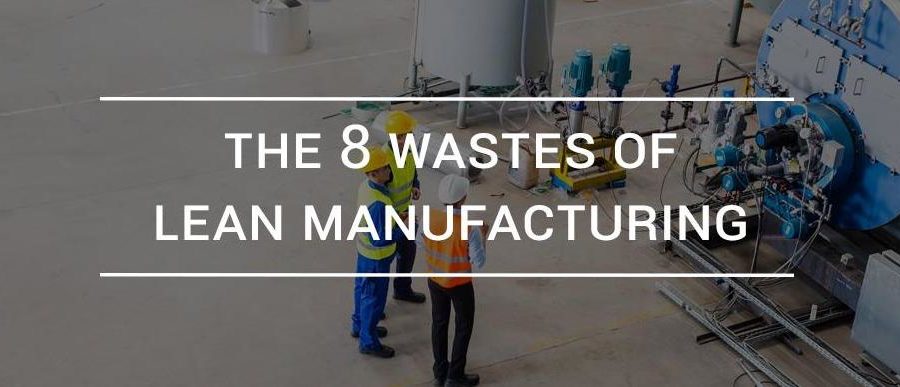Avoid These Types of Waste to Mitigate Downtime

When it comes to the phrase “Lean Manufacturing,” many manufacturers who practice lean principles at their business probably think of the elimination of waste and non-value added activities. And they would be correct.
But Lean Manufacturing is so much more. The tools and techniques of Lean and continuous improvement processes can significantly benefit companies by improving quality, reducing costs, achieving shorter cycle times, and increasing revenue.
Lean processes also help to avoid unplanned downtime which can interrupt valuable production flow and potentially affect customer delivery schedules. There is planned downtime for scheduled maintenance of equipment but unplanned downtime not only results in production interruptions and work stoppages but also lost revenue which Lean Manufacturing can often mitigate.
There are 8 examples of manufacturing wastes associated with the word DOWNTIME, with each letter applying to a type of waste that may be encountered in manufacturing:
Defects
Overproduction
Waiting
Non-Utilized People
Transportation
Inventory
Motion
Excess Processing
Let’s explore each type of waste connected to DOWNTIME:
 D is for Defects
D is for Defects
Defects represent products or materials that must be repaired, replaced, or are non-conforming due to quality errors.
 O is for Overproduction
O is for Overproduction
Overproduction is the result of producing more than is necessary, faster than is scheduled, or in quantities greater than needed by the process or by the customer.
 W is for Waiting
W is for Waiting
Waiting is idle time produced when materials are delayed, or as a result of a lack of synchronization between various processes, interrupting production flow and resulting in system downtime.
 N is for Non-Utilized People
N is for Non-Utilized People
Non-utilized people refers to not using or leveraging the capabilities and resources of workers effectively, often limiting their responsibilities or relying on one or two skilled people.
 T is for Transportation
T is for Transportation
Transportation involves moving products or materials from one location to another, often long distances, without adding value.
 I is for Inventory
I is for Inventory
Inventory is for any supply in excess of a one-piece flow through a process, be it raw materials, WIP, or finished goods.
 M is for Motion
M is for Motion
Motion signifies unnecessary movements by machines or by workers searching for tools, materials, or supplies that could be simplified or optimized.
 E is for Excess Processing
E is for Excess Processing
Excess Processing applies to processes performed beyond what is requested or required by the customer, conducting extraneous inspections, or spending more time on a task than needed.
For most manufacturers, downtime is the single largest source of lost production time. By minimizing or eliminating many of these eight manufacturing wastes, your business can accelerate its ability to deliver to customers with shorter lead times and sustain your competitive advantage.
For a free copy of our infographic, “8 Lean Manufacturing Wastes” simply click here.
Related Items
Often basic housekeeping is overlooked in favor of “productivity.” This is a common practice but one that costs you over the long run. Putting a basic 5S program in place is inexpensive and yields a great return on your (small) investment.
[Case Study] Enterprise-Wide Lean Transformation Drives Growth & Revenue
The company tasked itself to grow the business with current resources by becoming more efficient, reducing waste, and developing more productive internal capabilities.
Continuous Improvement Champion Certification (CICC)
This course provides comprehensive exposure to the principles and practices needed to develop and sustain a Lean Enterprise. You will receive immediate reinforcement of the classroom learning by applying your training to a real-life project within your organization.

 D is for Defects
D is for Defects O is for Overproduction
O is for Overproduction W is for Waiting
W is for Waiting N is for Non-Utilized People
N is for Non-Utilized People T is for Transportation
T is for Transportation I is for Inventory
I is for Inventory M is for Motion
M is for Motion E is for Excess Processing
E is for Excess Processing